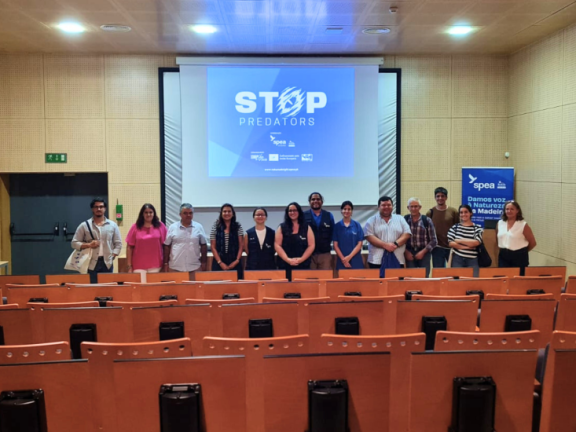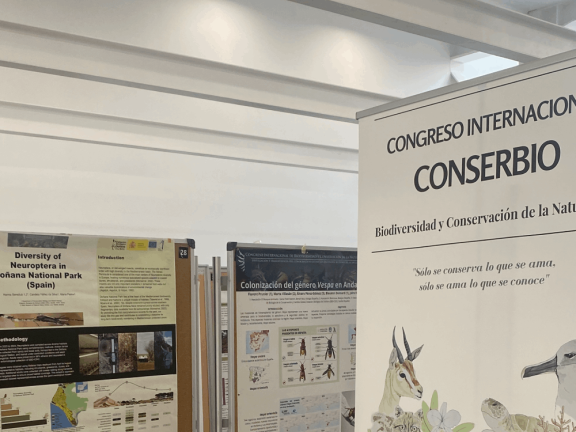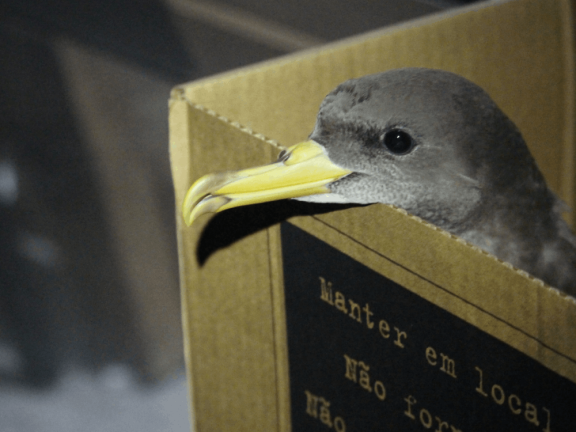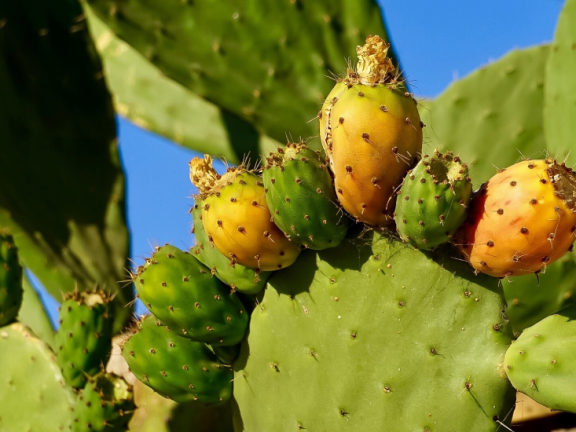The monitoring and recording of movements using technological devices, known as tracking, is an essential tool for supporting management and conservation decisions based on scientific evidence. In the case of seabirds, which face challenges such as long migrations of thousands of kilometers on the high seas, this technology provides detailed data on ocean use, contributing to the definition of international marine conservation policies.
During the month of August, the SPEA team is in the field, as part of the LIFE Natura@night project, placing and subsequently recovering around twenty GPS loggers and GLS devices on Cory’s shearwaters (Calonectris borealis) belonging to two different colonies. This procedure will allow the team to track the routes taken by the parents in the first weeks after the birth of their chicks, a period during which they make multiple trips to the sea in search of food.
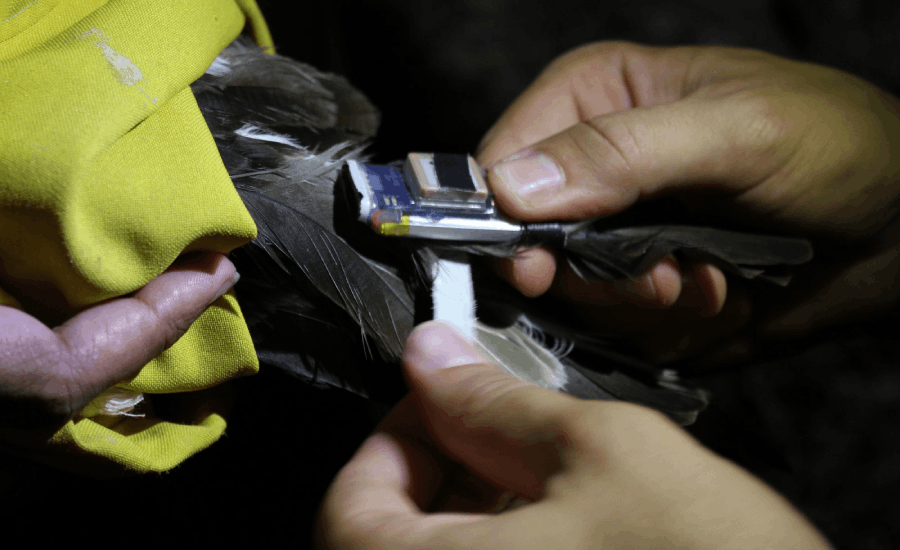
GPS device
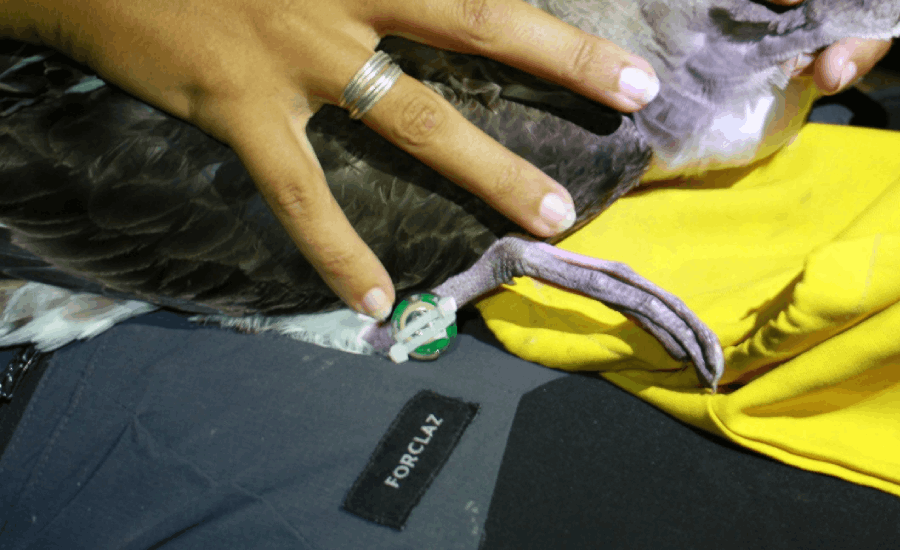
GLS device
The combination of these technologies provides a comprehensive view of the movement habits of shearwaters. Both provide valuable information on movements, migratory routes, foraging sites, as well as the interaction of birds with human activities.
GPS loggers, attached to the feathers on the back or tail, allow the birds’ movements to be mapped and are ideal for identifying the routes taken during feeding trips. GLS devices, usually placed on the leg, record not only movements but also ambient light levels. Collecting this data is essential for monitoring the possible passage of these birds through areas with high levels of light pollution and understanding how artificial night light affects seabirds.
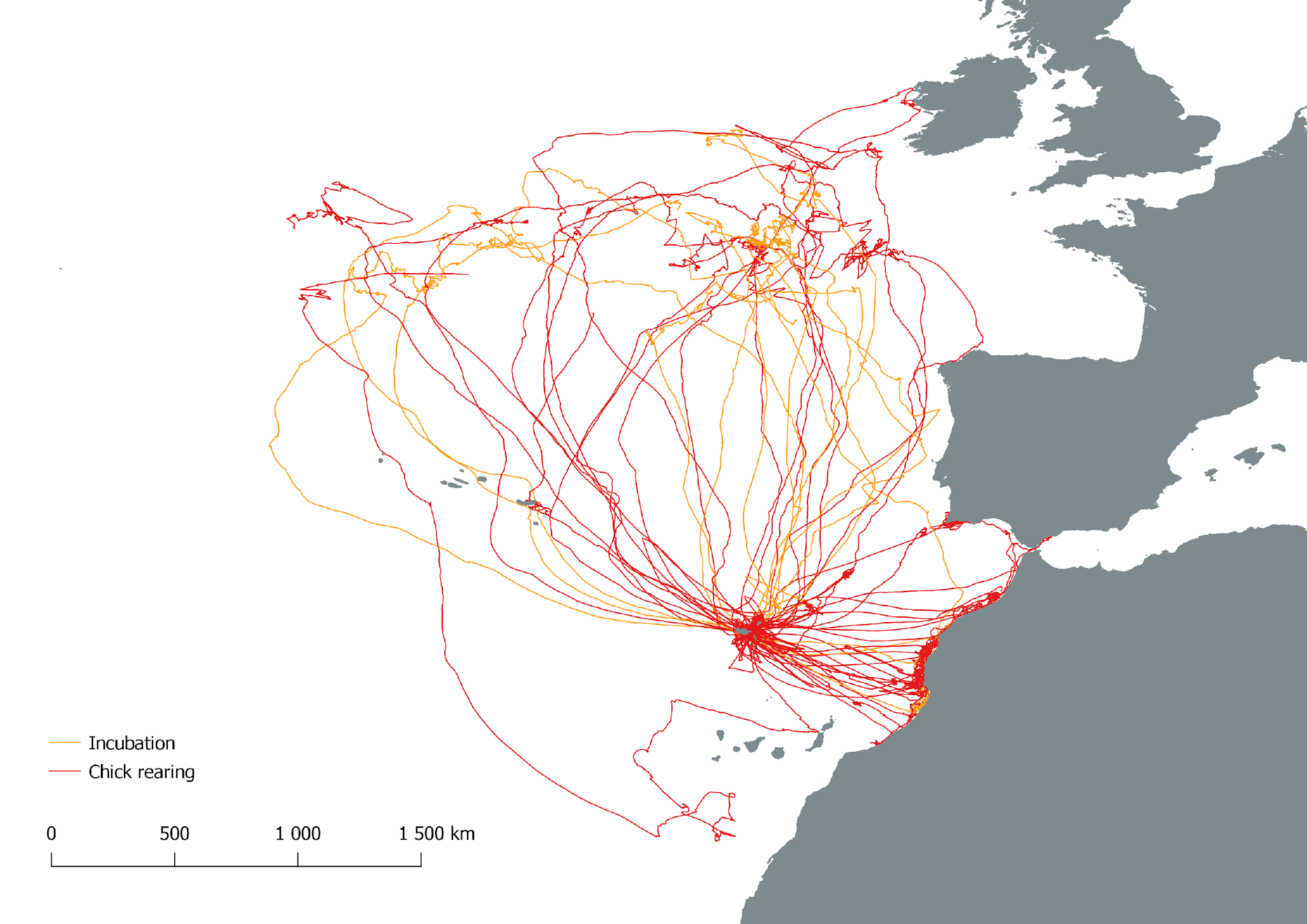
Migration routes for feeding adult Cory's shearwaters during the juvenile development period
This information is crucial for defining measures to mitigate the risk of disorientation caused by this type of pollution, directly benefiting seabirds and contributing to the protection of global ecosystems. By identifying coastal areas where light pollution poses the greatest threat, it will be possible to adopt strategies such as changes in public lighting to safeguard these birds and preserve coastal and marine ecosystems.

